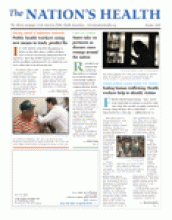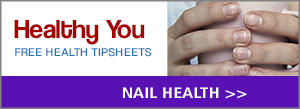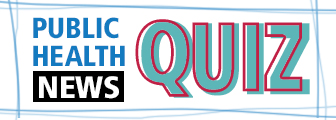Americans use more prescription drugs today than a decade ago, and spend more than twice as much for them, an analysis by the National Center for Health Statistics has found.
The past decade saw a 10 percent increase in the number of Americans using at least one prescription drug and a 20 percent jump in the number of people using two or more prescription medicines. The number of Americans using five or more prescription drugs increased 70 percent over the past 10 years, the analysis found.
The analysis, published in September as a data brief, found that by 2007-2008, 50 percent of Americans were using one or more prescription drugs, with one out of 10 Americans using five or more. Among children, one out of five used one or more prescription drugs, compared with nine out of every 10 adults ages 60 and older.
Older Americans are the greatest consumers of prescription medicines. Fully 40 percent of the nation’s seniors used five or more prescription drugs in a one-month period, the study authors said, noting that the number “likely reflects the need to treat the many diseases that commonly occur in this age group.”
The study also examined the use of prescription medicines among demographic subgroups and found that women were more likely to use prescription drugs than men. In regard to race and ethnicity, whites consumed the greatest number of prescription medications, and Mexican-Americans the lowest.
According to the study, having a regular source of health care, health insurance and prescription drug benefits also were associated with increased use of prescribed medicines. In fact, people with a regular source for health care were almost three times more likely to have used prescription drugs in the past month than those without a regular source for health care, and those with health insurance were almost twice as likely to have used at least one prescription drug in the past month as those without health insurance coverage. Among people with health insurance, those having a prescription drug benefit were 22 percent more likely to use prescription drugs than those who did not have this benefit.
“Lack of access to medicines may impact health and quality of life, as prescription drugs are essential to treat acute and chronic diseases,” the study authors wrote.
The researchers also looked at the types of prescription drugs used by Americans, finding that the most commonly used drugs included asthma medicines for children, central nervous system stimulants for adolescents, antidepressants for middle-age adults and cholesterol lowering drugs for older Americans. Among children younger than age 6, penicillin antibiotics were the most frequently used prescription drugs.
But the increased use of prescription drugs comes at a high price. In the United States, spending for prescription drugs has more than doubled in the past decade, climbing to more than $234 billion in 2008.
“As new drugs are introduced and new uses for old drugs are found, more patients can have improved health and quality of life with the appropriate use of prescription drugs,” the study authors wrote, but noted that current prescription drug use patterns need to be better understood.
The brief, “Prescription Drug Use Continues to Increase: U.S. Prescription Drug Data for 2007-2008,” is online at www.cdc.gov/nchs/index.htm.
- Copyright The Nation’s Health, American Public Health Association









